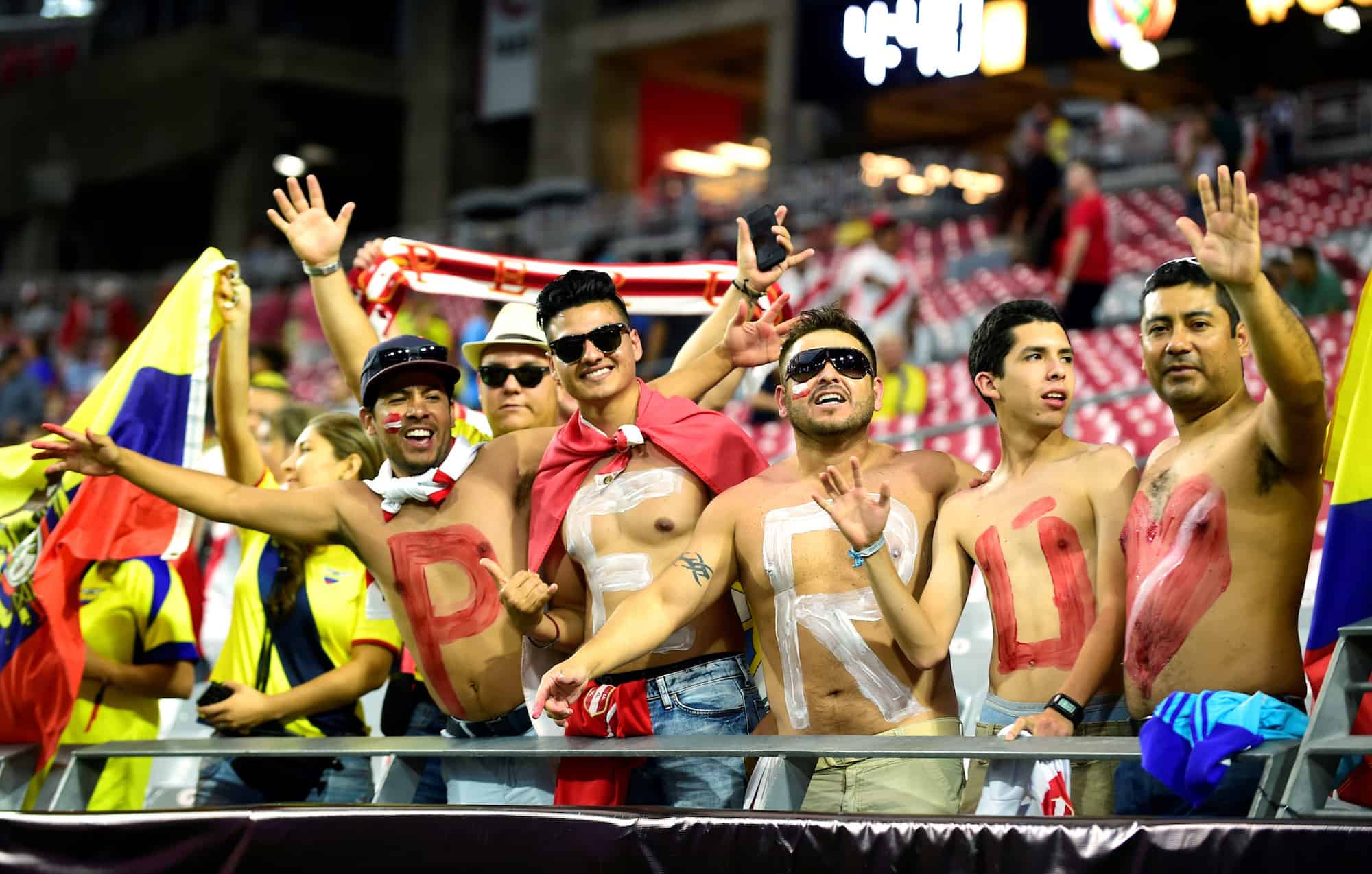But less than one week into the Copa América Centenario, being held across the U.S., it is clear that putting on a successful major international football tournament requires much more than just having lots of big stadiums, airports and hotels.
Attention has been focused on some high-profile, embarrassing gaffes, particularly two separate national anthem mix-ups, but complaints have also focused on the choice of kick-off times, the travel itineraries and the general atmosphere around the tournament.
Certainly to say that mainstream America has been caught up in ‘Copa fever’ would be a gross exaggeration.
Television network Fox boasted that the opening game between the hosts and Colombia drew over 1.5 million viewers, but that is less than half of one percent of the population and well below the levels of most major sports events on U.S. television.
Not surprisingly, Spanish language network Univision has performed better, with the network saying it averaged 2.9 million viewers over the opening weekend, which it said was 14 percent higher than its figures for the group stage of the last World Cup.
The level of attendance at games has been mixed, but the age-old problem of soccer in the States remains — the choice of large American football venues for games means that television viewers see lots of empty seats.
On Tuesday, there were more than 20,000 empty seats as the hosts beat Costa Rica 4-0 in Chicago. A 39,642 crowd wasn’t particularly bad but Soldier Field has space for 61,500.
‘Crazy’ scheduling
Neither of the two games held so far in Orlando’s 65,000-capacity Citrus Bowl managed to be even one-third full. The first of those, Saturday’s Costa Rica v. Paraguay group game, was also played in intense afternoon heat, despite the fact that such weather is entirely predictable in June in central Florida.
“It was crazy to play at the time we played,” Paraguay’s Argentine coach Ramón Díaz said. “I would have liked them (the organizers) to take into consideration the players themselves, they are the main part of the show after all,” he added, saying he had “never” experienced a game in such conditions.
Travel has also been an issue. Uruguay coach Óscar Tabárez has complained about his team having to play in Arizona and Philadelphia and then fly back to the West Coast for its final group game near San Francisco — all within eight days.
Several coaches have lamented that the travel and tight schedule leaves little time for training or for players to recover fully.
“This competition is giving us a lot of difficulty, giving us difficulty to do our work. In every aspect it is more work for sure,” Brazil coach Carlos Caetano Bledorn Verri, commonly known as Dunga, said on Tuesday after his team had to switch training from the match venue to a college facility due to a wet field in Orlando.
Asked whether he thought it had been the right decision to play the tournament in the United States, Dunga was less than effusive.
“We have to play and we have to respect the rules that they have, there really isn’t much we can say about that,” the 1994 World Cup-winning former captain said.
What has been more noticeable to the public has been the errors surrounding anthems and player identification.
Anthem gaffes
Before the Mexico v. Uruguay game in Glendale, Arizona on Sunday, stadium officials were forced to issue an apology after they somehow played the national anthem of Chile instead of that of Uruguay.
A day later, Chile’s players were still belting out their national anthem before the clash with Argentina when the hymn was replaced by a recording of American pop star Pitbull. Another apology followed.
During Saturday’s Brazil v. Ecuador game, organizers asked fans to vote online for the man of the match and one of the options was former Brazil international Gilberto Silva, who retired from the sport last year.
The tournament’s Twitter account produced a promotional graphic ahead of Tuesday’s United States v. Costa Rica game lining up the U.S.’s Clint Dempsey against Juan Cuadrado — who plays for Colombia.
Perhaps still smarting from the anthem error, Uruguayan FA president Wilmar Valdez launched a withering attack on the tournament. Valdez, who as an official of the South American confederation CONMEBOL, which took part in the decision to play the event in the U.S., said that had been the wrong call.
“CONMEBOL made a mistake by holding a tournament of this nature, a cup with some of the oldest national teams in the world and in South American football here in the United States,” he said.
Valdez said the game was a “passion” in South America but that the U.S. was “a country where they don’t feel football” or “live and breathe it” and said that “brings about problems.”
Organizers say they have had to work on a tight schedule given that the competition was only finally confirmed as taking place on October 23 last year, after a series of corruption scandals in the CONMEBOL and CONCACAF confederations.
“More time is always better. There was six months and a lot to do with multiple organizations and a lot of things had to happen very quickly,” said U.S. Soccer Federation president and FIFA Council member Sunil Gulati, whose federation is the local organizing committee for the tournament.
Gulati, speaking at a briefing with U.S. reporters, said the preparation had “been rushed, to some degree [but] with all of the big things, we’ve got it done. But there are always little glitches along the way.”
Recommended: Óscar Ramírez faces first adversity as La Sele’s head coach






